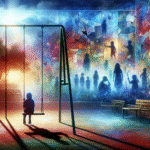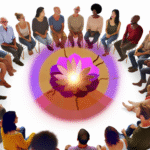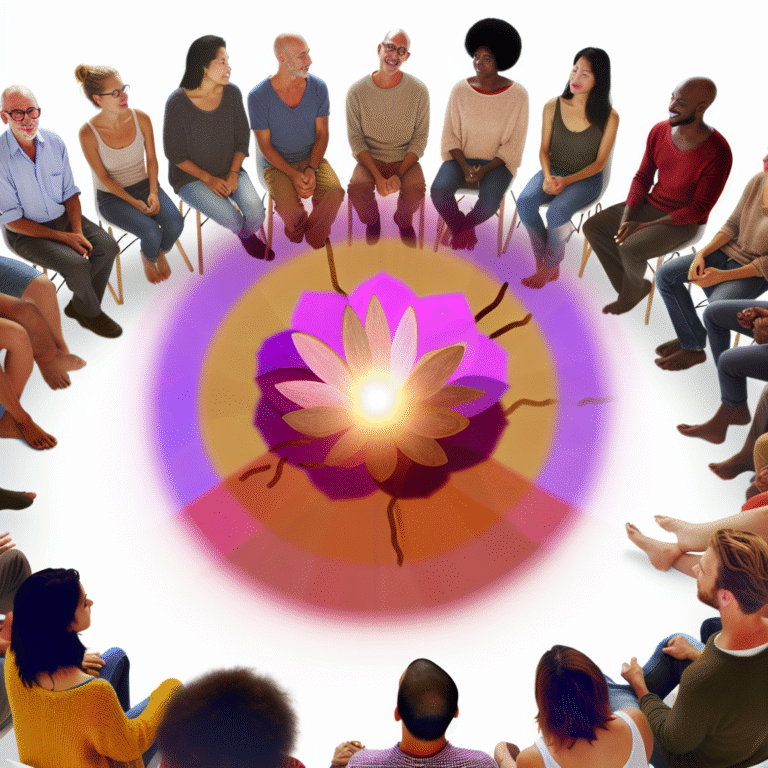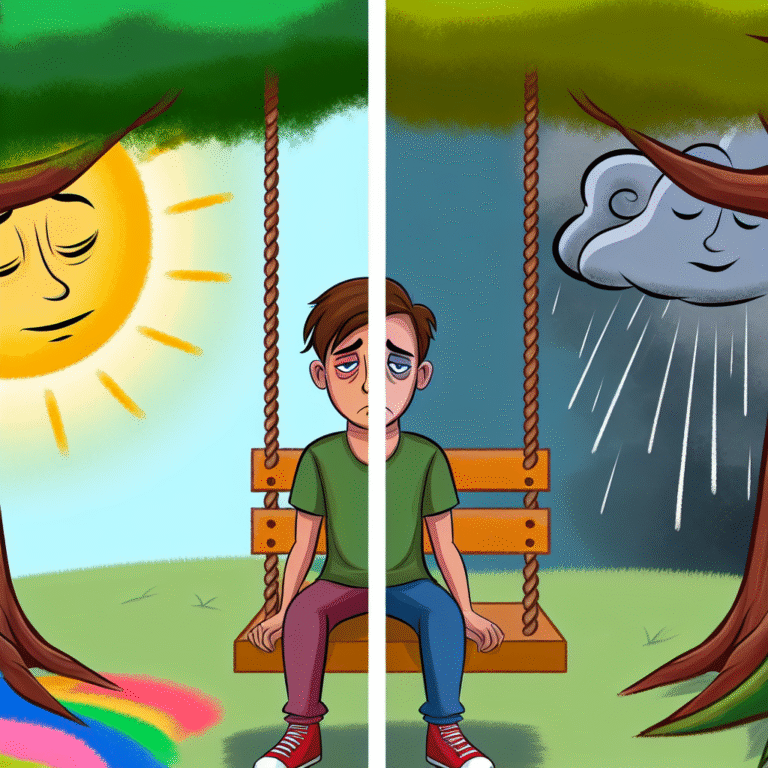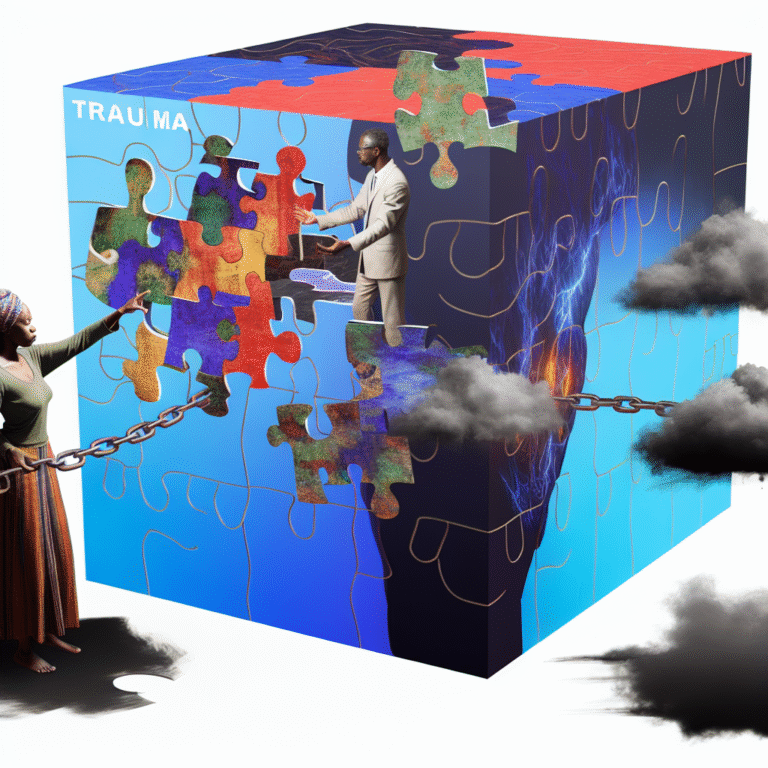
Brush Away Your Worries: Effective Art Therapy Techniques for Anxiety Relief
Introduction: The Power of Creativity in Combatting Anxiety
In a world that’s constantly buzzing with demands and pressures, anxiety has become an all-too-common companion. Whether you’re feeling overwhelmed by work, relationships, or just the hustle of daily life, finding effective ways to manage anxiety is essential. Enter art therapy—a creative outlet that not only allows you to express yourself but also provides substantial relief from anxiety. In this article, we’ll explore how you can brush away your worries using effective art therapy techniques for anxiety relief, transforming your emotional turmoil into a canvas of tranquility.
Understanding Anxiety and Its Effects
What Is Anxiety?
Anxiety is more than just feeling worried. It can manifest itself in numerous ways, including persistent worrying, restlessness, racing thoughts, and even physical symptoms like a racing heart or nausea. The American Psychological Association notes that anxiety disorders affect over 40 million adults in the U.S. alone, making them one of the most common mental health challenges.
The Importance of Addressing Anxiety
Ignoring anxiety can lead to long-term mental health issues, impacting relationships, work efficiency, and overall quality of life. This is precisely why finding effective coping mechanisms—like art therapy—is vital.
Art Therapy: What It Is and How It Works
Defining Art Therapy
Art therapy is a therapeutic practice that uses artistic processes to express feelings, explore emotions, and deal with issues like anxiety. Unlike traditional forms of therapy, art therapy doesn’t require prior artistic skill, making it accessible to everyone.
The Science Behind Art Therapy
Engaging with art can stimulate parts of the brain associated with emotional regulation and stress relief. Studies show that creating art reduces cortisol levels, a hormone that your body produces in response to stress. This biologically-driven reaction reinforces the idea that art therapy can be a remarkable tool for brush away your worries.
How Art Therapy Helps with Anxiety: A Case Study
In a study conducted by the Journal of the American Art Therapy Association, participants who engaged in regular art therapy sessions reported a significant decrease in anxiety levels. One participant, who struggled with chronic anxiety related to work stress, found relief through painting landscapes. Creating art not only provided a distraction but also allowed for emotional expression, which led to a noticeable reduction in her anxiety symptoms.
Effective Art Therapy Techniques for Anxiety Relief
1. Coloring Books for Adults
Coloring books have resurfaced as a popular tool for relaxation. This simple yet effective technique allows you to focus on coloring within lines, which provides a meditative experience. Notably, a 2017 study from The Art Therapy Journal reported that adults coloring mandalas exhibited decreased anxiety levels post-session.
2. Expressive Writing
While not strictly visual art, expressive writing is a powerful technique. By writing down your thoughts and feelings, you can externalize and process emotions that may contribute to anxiety. This cathartic approach helps in clarifying feelings, leading to a calmer state of mind.
3. Painting and Drawing
Creating images on canvas or paper is one of the most therapeutic forms of art. This method encourages you to tap into your creativity, even if you believe you have no artistic talent. The act of painting or drawing has been shown to shift focus from anxiety-ridden thoughts to the joy of creation.
4. Sculpting with Clay
Sculpting is a tactile and immersive technique that allows you to engage physically and mentally. The process of manipulating clay can be incredibly grounding; many individuals report feeling a deep sense of tranquility while creating three-dimensional art.
5. Crafting and Collage Making
Collage making combines various forms of materials and textures, allowing for immense creative freedom. Not only does crafting engage your hands, but it also gets your mind working in new, imaginative ways, fostering a sense of accomplishment and reducing anxiety.
Table: Key Techniques in Art Therapy for Anxiety Relief
| Art Therapy Technique | Description | Benefits |
|---|---|---|
| Coloring Books | Engage in adult-themed coloring books | Promotes mindfulness, reduces stress |
| Expressive Writing | Journaling thoughts and feelings | Clarifies emotions, reduces mental clutter |
| Painting and Drawing | Create images freely on canvas or paper | Encourages creative expression, emotional release |
| Sculpting with Clay | Manipulate clay to create three-dimensional art | Offers a tactile experience, grounding |
| Crafting/Collage Making | Combine various materials to tell a visual story | Promotes creativity, tactile engagement |
Real-Life Applications of Art Therapy: More Case Studies
Case Study 1: The Corporate Employee
Sarah, a corporate employee battling anxiety due to work pressure, found solace in weekend painting classes. Initially skeptical, she discovered that expressing herself on canvas allowed her to explore emotions she had suppressed. Over time, she reported significant improvements in her anxiety levels and began advocating for art therapy in her workplace.
Case Study 2: A Child’s Journey Through Art
In a school-based art therapy program, a young boy named Jake struggling with anxiety showed remarkable changes through sculpting. His ability to create something tangible gave him a sense of control over his emotions, leading to improved behavior in school and at home.
Analysis of Case Studies
Both case studies highlight the versatility of art therapy across different age groups and environments. Sarah’s experience illustrates how adults can integrate art therapy into their busy lives, while Jake’s case emphasizes its potential in childhood development and emotional growth.
Beyond the Canvas: Additional Tools to Complement Art Therapy
Mindfulness Practices
Combining art therapy with mindfulness techniques, such as meditation or deep breathing exercises, can further enhance the therapeutic effects. These practices help center your mind, allowing you to approach art with a calm disposition.
Support Groups and Workshops
Joining support groups that focus on art therapy can amplify the experience. Sharing art and experiences with others can create a healing community, fostering connections that help alleviate anxiety.
Online Resources and Apps
New technologies have made art therapy more accessible. Several apps and online platforms offer guided art therapy sessions and resources, making it easy to practice at home.
Conclusion: Brush Away Your Worries with Creativity
You don’t have to be an artist to benefit from art therapy; all you need is a willingness to explore and express your feelings creatively. By incorporating effective art therapy techniques for anxiety relief into your life, you can transform your worries into expressions of art. So grab your brushes, colors, or clay, and start your journey of emotional healing today.
FAQs
1. How do I start with art therapy if I have no artistic skills?
Art therapy is not about artistic skill but rather about the process. Start with simple activities like coloring or doodling. Remember, the focus is on expression, not perfection.
2. What types of art supplies are best for beginners?
Basic supplies like colored pencils, markers, watercolor paints, and sketchbooks are more than enough to begin your art therapy journey. Choose materials that you feel comfortable with.
3. How often should I practice art therapy for it to be effective?
The effectiveness of art therapy can vary per individual. Many people find that devoting just 20-30 minutes a few times per week can provide significant relief.
4. Can I do art therapy alone, or is it better in a group?
While many find personal art therapy rewarding, group settings can enhance the experience through shared connections and support. You can choose based on your personal preference.
5. Is there scientific evidence supporting the benefits of art therapy?
Yes! Numerous studies have shown that art therapy can significantly reduce anxiety levels and improve overall emotional well-being. It engages both the mind and body, leading to therapeutic benefits.
By choosing to engage with art therapy, you’re taking a proactive step towards brush away your worries and cultivate a more peaceful existence. Let creativity be your guide!
